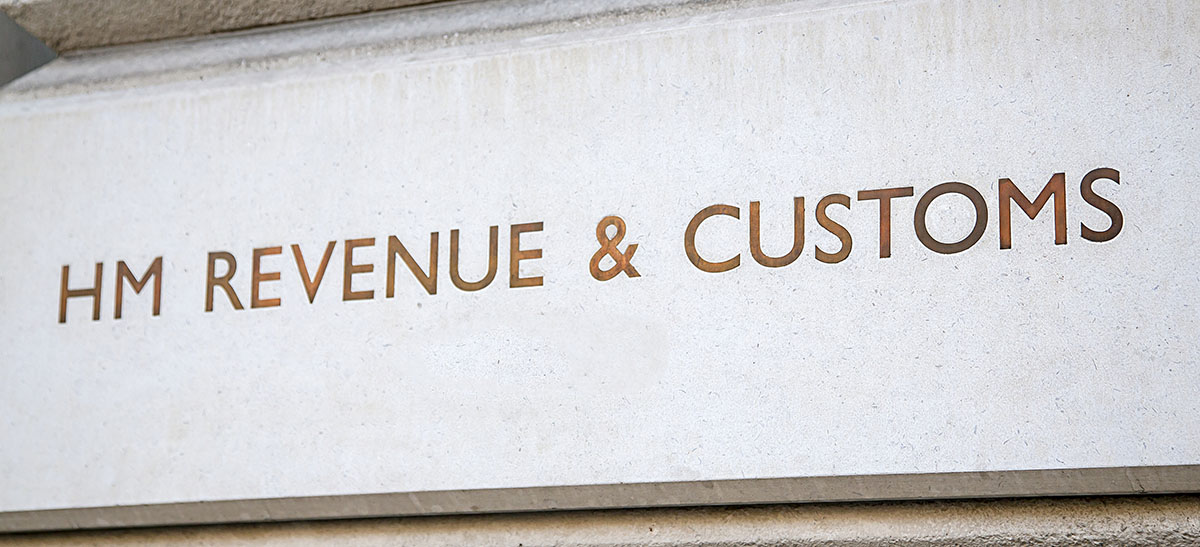How taxpayers should react to HMRC’s nudges
HMRC » February 22, 2021

What is a nudge letter?
Selected taxpayers have been receiving letters from HMRC encouraging them to review their tax returns submitted for earlier years, or requesting that they review their current tax status.
The HMRC letter generally doesn’t state exactly what is wrong with the tax return, as it’s designed to nudge the taxpayer into reviewing the whole tax return, then correct it where necessary. HMRC call these ‘one to many’ (OTM) letters, but the tax profession refer to them as ‘nudge letters’.
This approach is light on civil service manpower as it is a standard letter generated by HMRC’s computer. The onus is on the taxpayer and their adviser to investigate the issue and take any action required. It is important to note that a nudge letter does not amount to a formal opening of a tax enquiry, but it does require action as HMRC may follow-up if the tax return is not amended or a reply is not received.
How are the recipients chosen?
HMRC uses data from many sources to cross check information reported on self- assessment tax returns. It has spent many years and reputably over £100m building a sophisticated computer system called ‘Connect’ to automate this task.
HMRC doesn’t like to shout about this key tool in its tax avoidance armoury, but it did make reference to Connect in a letter to a House of Commons committee which was enquiring into the tax gap. That letter included this statement:
HMRC’s Connect is a data matching and risking tool that allows HMRC to cross match one billion HMRC and third-party data items. It identifies ‘hidden’ relationships between people, organisations and data that could not previously be identified. Connect has the capacity to highlight patterns in HMRC’s rich reserves of taxpayer and third-party data, allowing HMRC to find anomalies between such things as bank interest, property income and other lifestyle indicators.
The Connect system analyses data from more than 30 different sources including government databases such as; DVLA, the land registry, and the electoral roll. But it can also access commercial data from sources such as: credit reference agencies, social media, insurance companies and bank accounts. Significant amounts of data on individual taxpayers is also provided by foreign tax jurisdictions under the common reporting standard.
Is the Connect data always correct?
No, it isn’t. The sources Connect uses are varied and wide ranging and there will be data points which are misinterpreted or allocated to the wrong taxpayer. The Connect system also includes any issues reported on the HMRC tax evasion or fraud hotlines, which may be vexatious or simply wrong.
What issues is HMRC looking at?
The Chartered Institute of Tax (CIOT) has been keeping a tally of all the of the nudge letters it knows about, and has published examples of the letters which have been provided by HMRC.
The issues HMRC has addressed so far in nudge letters to individual taxpayers include:
- Sale of residential property which was not taxpayer’s main home in 2018/19
- Capital gains that include property described as ‘other assets’
- Sale of a private company where some proceeds were deferred
- Investment income from financial institutions
- Taxpayer is person of significant control in a mid-sized business
- Taxpayer has become deemed domiciled in UK since 2017
- Taxpayer has self-assessed as being not tax resident in the UK
- Taxpayer has claimed foreign tax credit relief against employment income
Most of these letters are initiated by the HMRC unit that deals with high net worth individuals, which is now called the “wealthy team”. The customers of this unit are generally individuals or families with personal wealth of £20 million or more.
However, some letters come from the unit called “ISBC Campaigns and Projects”, which runs tax disclosure schemes such as the Let Property Campaign. The recipients of those letters may not be especially wealthy but they will be linked to transactions concerning UK property or private company shares.
How should taxpayers respond?
Where the taxpayer has authorised a tax agent to act on their behalf, that agent should also receive a copy of the nudge letter. But even where a tax agent has been appointed the taxpayer should not assume that agent will deal with the letter, as the agent’s copy may not have arrived.
The nudge letter should not be ignored as HMRC will be monitoring responses.
Some HMRC letters concerning offshore income or gains include a “certificate of tax position” for the taxpayer to sign. Under no circumstances should this certificate be signed and returned to HMRC without a full and detailed consideration of the taxpayer’s position by a qualified tax adviser. There is no statutory requirement to sign such a certificate and it could be held against the taxpayer as evidence in a future trial.
The nudge letters normally give the taxpayer 30 days to reply, but this may not be enough time to check all the possible circumstances that may have prompted the letter. If more time is required, ask for an extension of the 30 day period from HMRC.
Where a small omission from the tax return is found, this should be corrected as soon as possible and any outstanding tax paid.
Where a larger or more serious omission is uncovered, such a source of overseas income, the taxpayer and their agent should consider making a voluntary disclosure using one of HMRC’s formal disclosure facilities. Advice from specialist tax investigation expert should be sort before making any declaration under a disclosure mechanism.
Wider view
Finally, stand back and take a wider view of the circumstances that prompted the issue of the nudge letter. Could other members of the family be affected by the same issue? Where assets are jointly held, the income or gains arising from those assets need to be reported on the tax returns of all of the joint owners.
